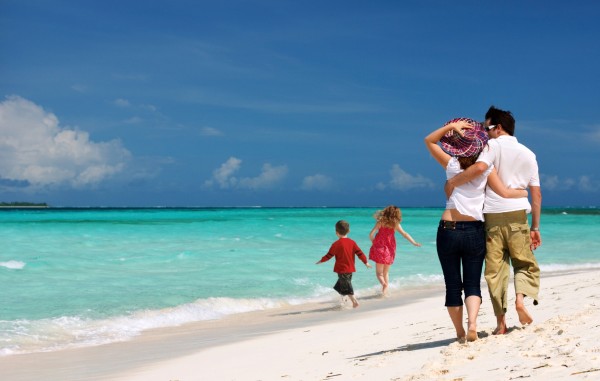Japan is one of the most popular travel destinations in the world. It is a unique blend of traditional and modern, with many temples and buildings from the past co-existing with modern achievements in architecture and technology. Visitors can be immersed in Japanese history and culture one day and get a glimpse of the future through technological developments the next. Almost all of the historical sites are still used for their original purposes while remaining open to the public. The natural beauty of Japan can be seen all year. In addition, Japan has one of the world’s lowest crime rates which makes it ideal for travelers. An overview of the top tourist attractions in Japan:
Hiroshima Peace Memorial
The Hiroshima Peace Memorial is a haunting tribute to the lives lost when the atomic bomb was dropped on Hiroshima on August 6, 1945. Set in a park, the memorial features Genbaku Dome, the only building left standing in the vicinity after the bomb dropped. This harsh reminder of a world at war reminds visitors of the importance of human life and honors the victims so they will never be forgotten.
Jigokudani Monkey Park
Jigokudani Monkey Park is a famous hot spring area near Nagano,. The name Jigokudani, is due to steam and boiling water that bubbles out the frozen ground, surrounded by steep cliffs and formidably cold forests. It is famous for its large population of wild Snow Monkeys that go to the valley during the winter when snow covers the park. The monkeys descend from the steep cliffs and forest to sit in the warm hot springs, and return to the security of the forests in the evenings.
Kiyomizu-dera
The Kiyomizu-dera Buddhist temple is located in Eastern Kyoto and can be traced back as far as the year 798. An indoor waterfall fed from the outside river keeps the temple in harmony with nature and not one nail was used in construction. While locals used to jump off the edge to have a wish granted, modern visitors can enjoy the shrines and talismans and artwork on display without risking life and limb.
Himeji Castle
The Himeji Castle is considered the best existing example of Japanese castle architecture. It was fortified to defend against enemies during the feudal period, but it has been rebuilt many times throughout the centuries and reflects the different design periods. It survived the bombings of World War II and is frequently seen in domestic and foreign films, including the James Bond movie “You Only Live Twice”. The white exterior and design give the castle the appearance of a bird taking flight, earning the the castle the nickname ‘white egret castle’.
Great Buddha of Kamakura
The Great Buddha of Kamakura is a colossal outdoor representation of Amida Buddha, one of Japan’s most celebrated Buddhist figures. Cast in bronze, the Great Buddha stands at over 13 meters high and weighs nearly 93 tons. The statue reportedly dates from 1252. Although it originally was housed in a small wooden temple, the Great Buddha now stands in the open air as the original temple was washed away in a tsunami in the 15th century.




No Comment